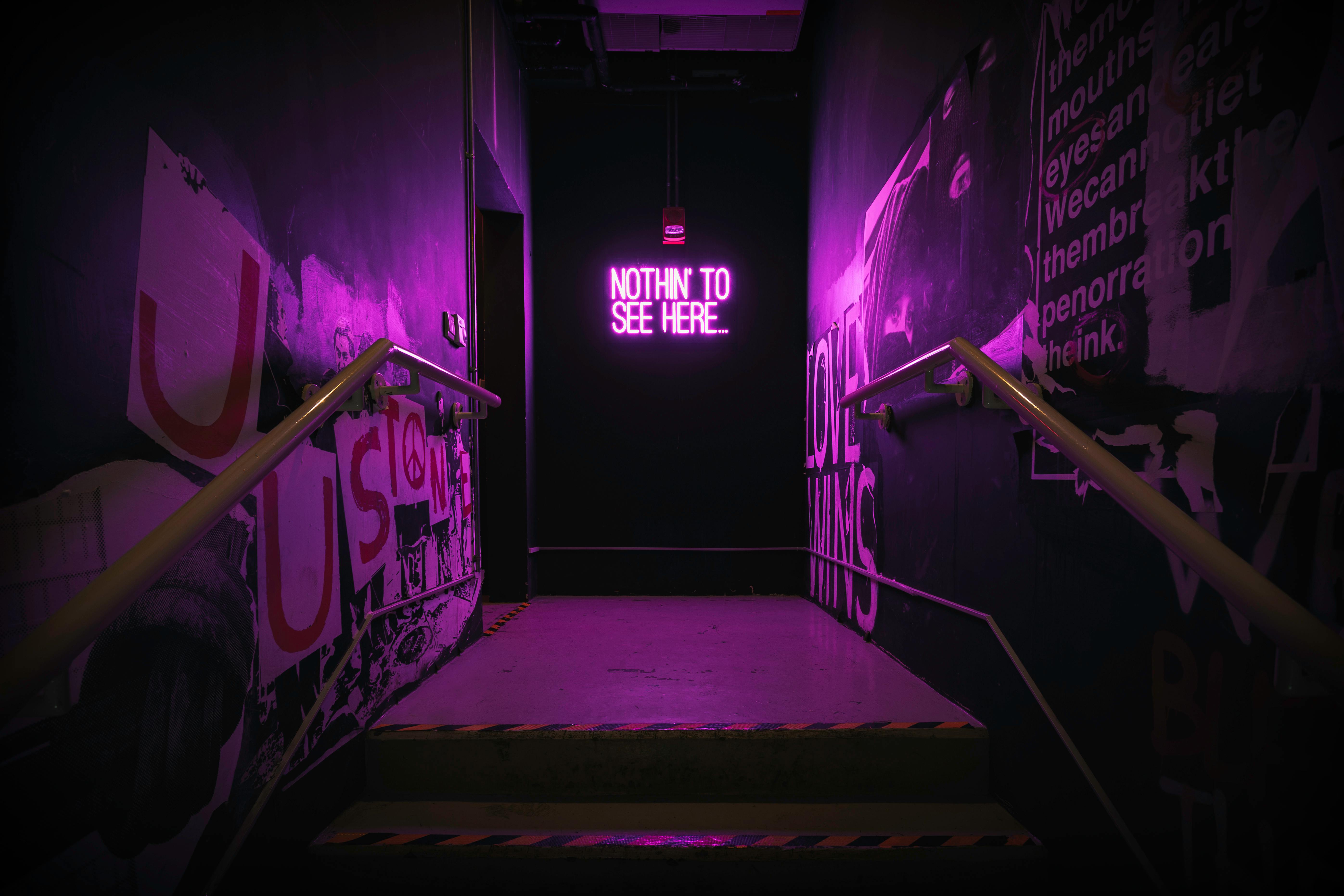Virtual Landscapes: How Video Games are Shaping Urban Design
Video games have transcended their initial purpose of entertainment, influencing and shaping various aspects of our society. Among the most intriguing of these impacts is the intersection of video games and urban design. This is a topic not widely explored yet holds a wealth of implications for the future of city planning and architecture. This article delves into this fascinating crossroads, exploring the historical context, current developments, and the potential future of this intersection.

From Pixels to Pavements: A Historical Overview
Video game landscapes have come a long way since Pong’s black-and-white simplicity. As technology progressed, so did the complexity of the virtual environments developers designed. This journey began with the rudimentary 2D environments in the 80s, evolving into the stunning 3D virtual worlds we see today.
In the pursuit of realism and immersive gameplay, developers began to study real-world architecture and urban planning principles. Games like SimCity and Civilization became platforms where players could experiment with city planning, infrastructure, and resource management.
The Gaming Influence: Current Trends in Urban Design
Video games have now become a tool for architects and urban planners. Minecraft, for instance, is used as a collaborative platform for designing public spaces. It allows communities to visualize and contribute to the development of their environments.
Meanwhile, games like Assassin’s Creed and The Witcher 3 are lauded for their historically accurate and intricate city designs, influencing architects and city planners with their detailed portrayals of medieval European cities.
Cultural Impact: Video Games Reflecting Society
The impact of video games on urban design isn’t a one-way street. Just as games influence city design, societal changes are reflected in the virtual landscapes of our favorite titles.
Themes of post-apocalyptic decay in games like The Last of Us Part II echo fears of societal collapse. Alternatively, the utopian cityscapes in games like Mirror’s Edge reflect a hopeful, technologically advanced future.
Beyond the Screen: The Future of Urban Design and Video Games
The future holds exciting possibilities for the intersection of video games and urban design. Virtual Reality could take this relationship to new heights, with architects able to design and walk through their creations in a fully immersive environment.
Likewise, the rise of smart cities could see the principles of game design applied to real-world environments. Gamification could be used to encourage sustainable behavior, or AR could overlay game-like elements onto the physical world.
The Broadening Horizon: Wrapping Up
As video games continue to evolve, their impact on urban design is likely to grow. The reciprocal relationship between the two will continue to shape both the virtual and real-world landscapes, influencing how we design, build, and interact with our environment. This intersection of video games and urban design is an exciting realm that promises to redefine our future cities and the way we live.



